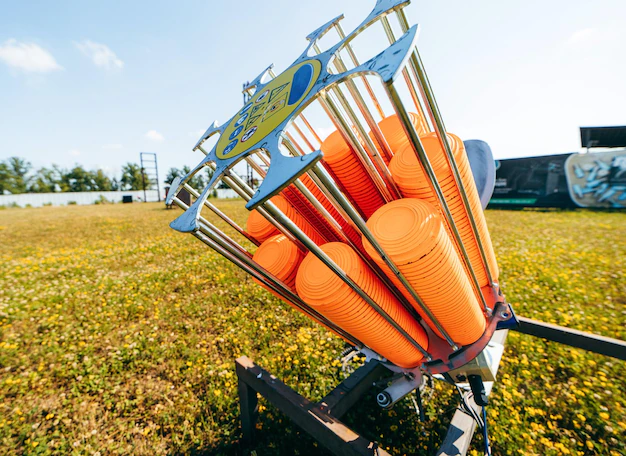Efficiently using crop protection equipment in farming is crucial for maximizing the effectiveness of pesticides, minimizing waste, and reducing potential negative impacts on the environment. Here are some key steps to ensure efficient utilization of crop protection equipment:
- Understand your crops and pests: Gain a comprehensive understanding of the crops you are growing and the specific pests or diseases that pose a threat. This knowledge will help you choose the appropriate pesticides and determine the optimal timing for their application.
- Follow integrated pest management (IPM) principles: IPM is a holistic approach that combines various pest control strategies to minimize pesticide use. It includes techniques such as crop rotation, biological control, habitat manipulation, and cultural practices. By integrating these methods, you can reduce the reliance on chemical pesticides and make their application more effective.
- Calibrate and maintain equipment: Proper calibration and maintenance of your crop protection equipment are essential for accurate and effective pesticide application. Regularly check and clean nozzles, filters, and other components to ensure they are in good working condition. Follow the manufacturer’s instructions for calibration to ensure accurate dosage and uniform coverage.
- Choose the right equipment and nozzles: Select equipment that is suitable for the size of your farming operation and the specific crops you are growing. Different crops and pest scenarios may require different types of sprayers or applicators. Consider factors such as spray volume, pressure, and droplet size when choosing the appropriate nozzle for your equipment. Using the correct nozzle will help ensure even distribution and minimize drift.
- Optimize timing and weather conditions: Apply pesticides at the right time to achieve maximum efficacy. Monitor pest populations and follow recommended thresholds to determine when intervention is necessary. Additionally, consider weather conditions such as wind speed, temperature, and humidity before applying pesticides. Ideal conditions can vary depending on the product being used, so refer to the product label for specific instructions.
- Use proper application techniques: Apply pesticides using appropriate techniques to achieve thorough coverage and minimize waste. Keep the boom height consistent, maintain the appropriate travel speed, and overlap spray patterns to ensure even distribution. Be mindful of environmental factors such as field topography and vegetation density, as these can affect application effectiveness.
- Monitor and adjust: Regularly monitor the effectiveness of your pesticide applications and make adjustments as necessary. Assess pest populations, crop health, and any signs of resistance. By monitoring and evaluating the outcomes, you can refine your approach and make more informed decisions for future applications.
- Follow safety and regulatory guidelines: Always prioritize safety when handling and applying pesticides. Wear appropriate protective gear, such as gloves, goggles, and respirators, as recommended by the product label. Adhere to all local, regional, and national regulations regarding pesticide use, storage, disposal, and record-keeping.
Efficient crop protection involves a combination of various strategies, including prevention, monitoring, and judicious use of pesticides. It’s important to stay updated with the latest research, best practices, and regulatory requirements in your region to ensure safe and effective pest management.
Join 'Farmers Mag' WhatsApp Channel
Get the latest Farming news and tips delivered straight to your WhatsApp
CLICK HERE TO JOIN






